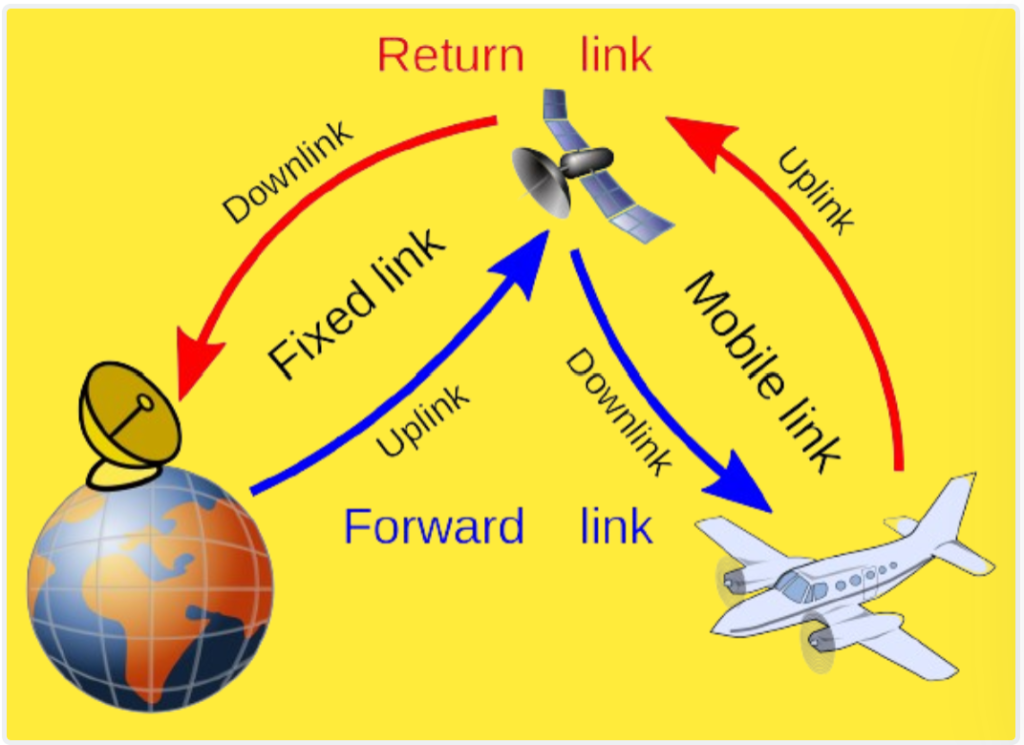The Aeronautical Mobile Service (AMS) is a communication service dedicated to facilitating air-to-ground and air-to-air communication for aircraft. Here’s how it works:
- Radio Communication: AMS primarily relies on radio communication systems installed onboard aircraft. These systems operate within designated frequency bands allocated for aeronautical communication by international regulatory bodies like the International Telecommunication Union (ITU).
- Air Traffic Control (ATC): One of the key functions of Aeronautical Mobile Service is to facilitate communication between aircraft and air traffic control authorities. Pilots use AMS to communicate with ground-based ATC facilities to receive instructions, weather updates, flight clearances, and other essential information during all phases of flight.
- Aircraft-to-Aircraft Communication: AMS also enables direct communication between aircraft, commonly known as air-to-air communication. This allows pilots to exchange information with nearby aircraft, such as position updates, traffic advisories, and coordination for spacing during approach and landing procedures.
- Data Communication: In addition to voice communication, AMS supports data transmission for services like Automatic Dependent Surveillance-Broadcast (ADS-B), which provides real-time aircraft position information to ground stations and other aircraft equipped with compatible receivers.
- Satellite Communication: Some advanced AMS systems utilize satellite communication links to extend coverage over remote regions and areas where ground-based radio coverage is limited. Satellite communication enhances communication reliability and enables seamless global connectivity for aircraft.
- Regulatory Compliance: AMS operates within a regulatory framework established by international aviation authorities, including the International Civil Aviation Organization (ICAO) and national aviation regulatory agencies. Compliance with regulatory requirements ensures standardized communication procedures and interoperability between different AMS users worldwide.

Aeronautical Mobile Service Working Principle
The Aeronautical Mobile Service (AMS) is responsible for facilitating communication between aircraft and Air Traffic Services (ATS) based on the ground, such as information, surveillance, and control services. These communications typically involve interactions between pilots and controllers.
As per ICAO Standards, the AMS encompasses communication between aeronautical stations and aircraft stations, as well as between aircraft stations themselves. This includes participation from survival craft stations and emergency position-indicating radio-beacon stations on designated distress and emergency frequencies.
AMS operates wirelessly using radio channels, primarily in the VHF (Very High Frequency) and HF (High Frequency) bands. VHF is commonly used for short to medium-range communications, while HF is utilized for long-distance communication when VHF is not feasible.
The main objective of Aeronautical Mobile Service is to facilitate communication between pilots and controllers. Each control sector is assigned a unique radio frequency, allowing controllers to communicate with all aircraft within their sector. This two-way communication channel is essential for providing information, surveillance, and control of aircraft during flight.
The messages handled by AMS are categorized by priority, with distress calls and messages receiving the highest priority, followed by urgency messages, communications related to course modifications, flight safety messages, meteorological information, and flight regularity messages. This prioritization ensures that critical messages are addressed promptly and efficiently, contributing to aviation safety and efficiency.